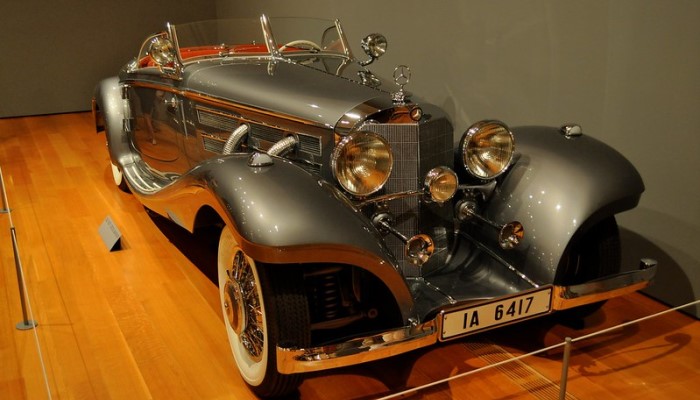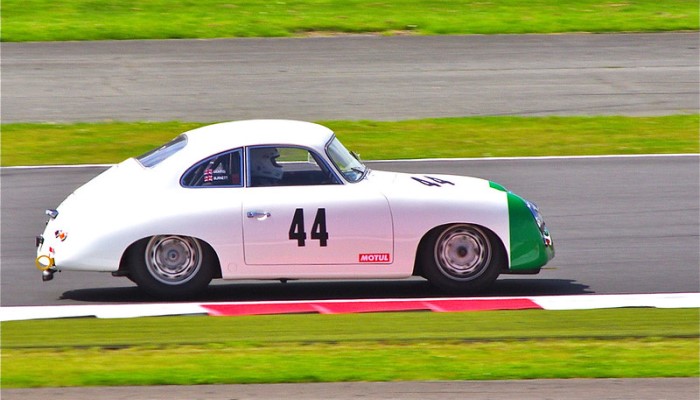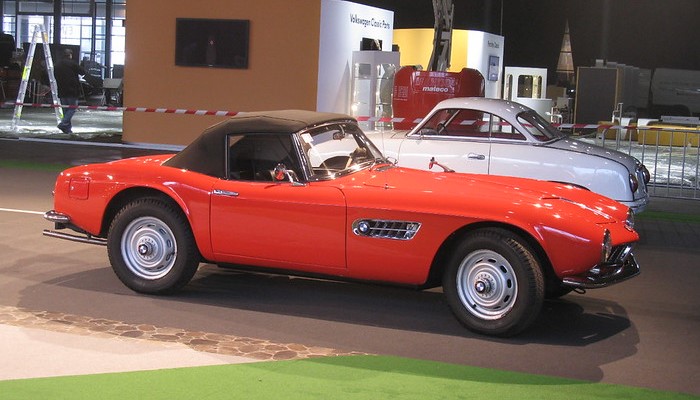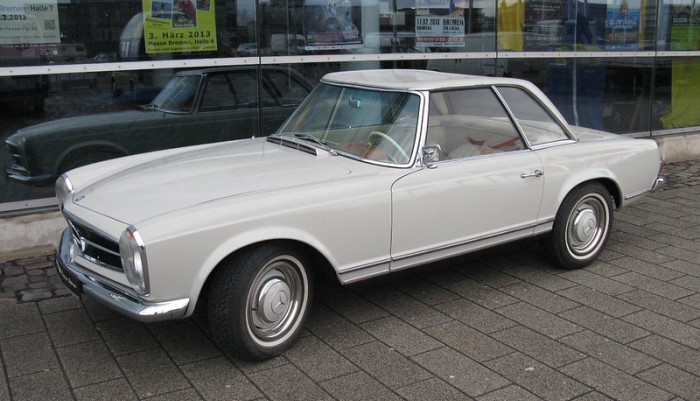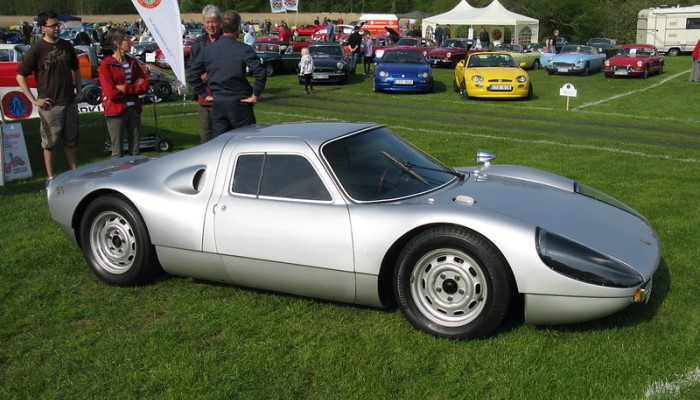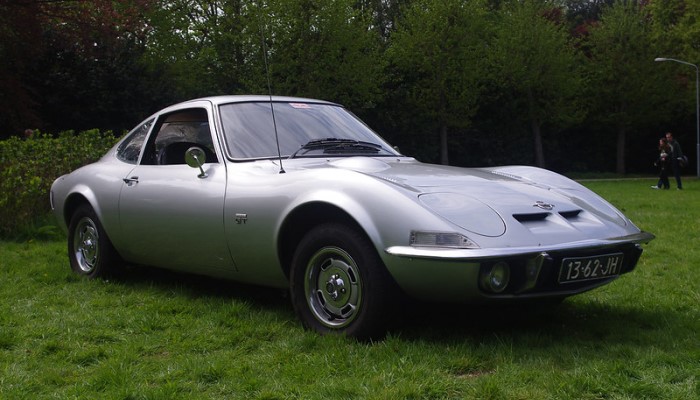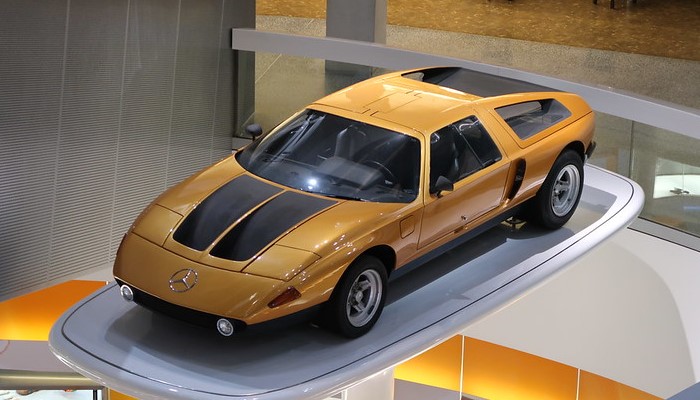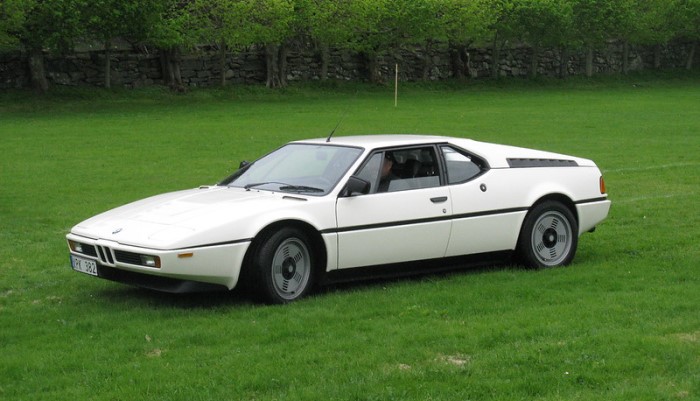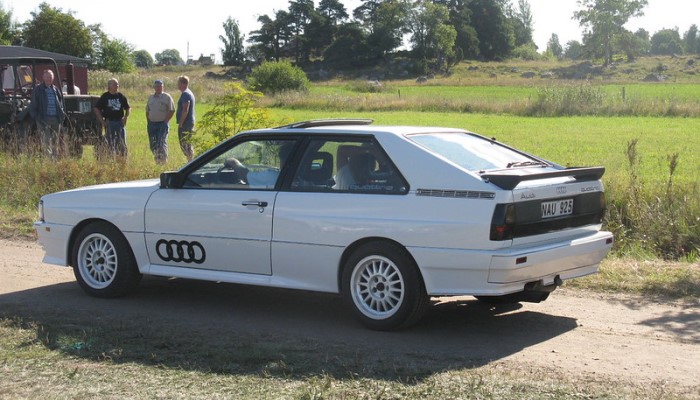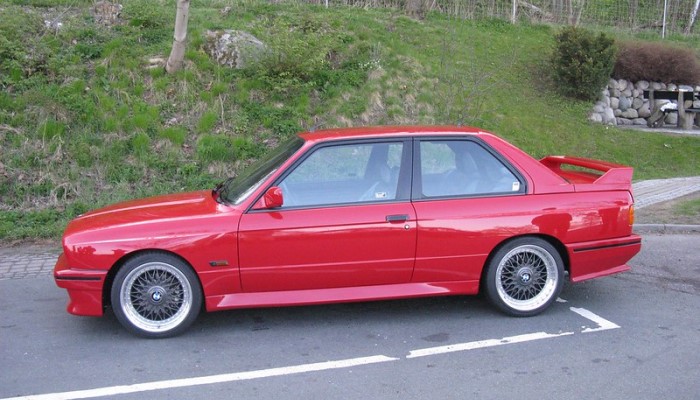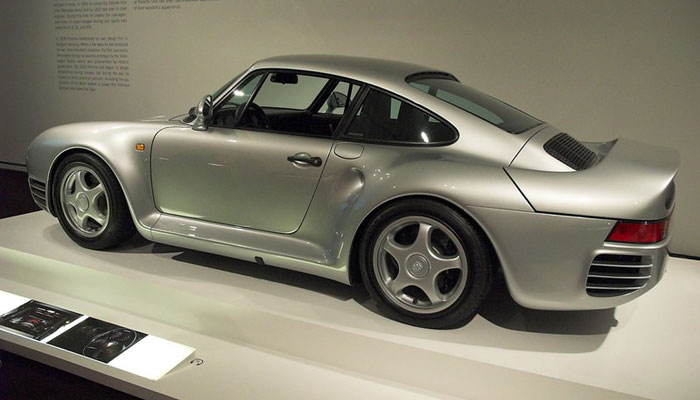German Cars
Ever wondered why German cars are known for their reliability and quality? Well, let's take a trip down memory lane and dive into the world of German automotive engineering in 20th century. Brace yourself for a dose of humor and a flashback to the golden days!
Ah, the good old days when German car makers unleashed their creativity and craftsmanship without holding anything back. It was a time when cars were built to last, like a tank with wheels.
Yes, that's right, if you owned a German car back then, you could confidently drive through rough terrains, knowing that your friendly German companion would conquer any obstacle in its path.
There was something magical about those vintage German cars. Their iconic design aesthetic made heads turn and caused other drivers to swoon with envy. But what truly set them apart was the attention to detail and the obsession with perfection.
German engineers were notorious for being meticulous - if a part wasn't up to their standards, it simply didn't make the cut. It's like they had a secret formula for infusing their cars with an extra dose of Teutonic awesomeness.
You see, German car makers had a reputation to uphold, and they took it very seriously. They were like the guardians of automotive excellence, taking the responsibility of delivering top-notch vehicles to the masses. It was a matter of national pride. And boy, did they deliver.
If you ever had the chance to sit inside one of those masterpieces, you would understand what I'm talking about. The interior of a German car was like stepping into a different world – a world of plush leather seats, polished wood grain accents, and gadgets that would make James Bond jealous.
The smell of the leather alone could transport you to a classy Bavarian lounge, where you'd find yourself sipping on a foamy beer and discussing the finer points of engineering with German engineers themselves.
But let's not forget the driving experience. Oh, the German Old-timers knew how to make your heart race and your adrenaline pump. They were like a symphony of power and control, with engines that purred like contented lions.
The road became your playground as you effortlessly maneuvered through curves and straightaways, leaving lesser cars eating your dust.
And let's not forget about reliability – a trait German cars have always had in spades. Back then, it seemed like they were built to withstand anything Mother Nature or your questionable driving skills could throw at them. They were like the Chuck Norris of automobiles – tough, resilient, and seemingly invincible.
So, the quality of German cars in 20th century was nothing short of legendary. They were the pinnacle of automotive engineering, the epitome of style, and the embodiment of German excellence.
They were the cars that dreams were made of, capable of turning a simple drive into an unforgettable adventure. So next time you see a vintage German car cruising down the road, take a moment to appreciate the incredible legacy that came before.
After all, those were the cars that made the world fall in love with German automotive engineering.

Unique Car Zone Team
A group of several fans of everything that moves on four wheels, a few article creators, a couple of marketing strategists, designers, web developers, and lots of coffee.
Mercedes-Benz 540K Special Roadster
... is widely regarded as one of the most beautiful and timeless cars of all time. With its elegant, sweeping curves and powerful presence, this car is a true masterpiece of automotive engineering.
Porsche 356
When building the car, many design elements of a "people's car" (Beetle) were used: the brake system, steering mechanism, non-synchronized four-speed gearbox, front suspension, and, of course, the engine.
BMW 507 Roadster
The BMW 507 was presented to the public in the summer of 1955. The venue for the presentation was New York, the Waldorf-Astoria Hotel. In technical terms, the roadster overtook many competitors.
DKW Monza
The project started in 1954; the prototype was presented to the public at the Frankfurt Motor Show in 1955; sales started in early 1956. Moreover, the car was well received on the American market.
Mercedes-Benz 230 SL Pagoda
The new model, which received the factory index W113, was, in a sense, a compromise. The car was neither a refined boulevard sports car nor a racing car modified for public roads.
Porsche 904
At the end of 1963, Porsche presented the 904 model, which stunned and conquered the world automotive public with the blitzkrieg method. It was a completely new sports car with undisguised racing ambitions...
Opel GT
The Opel GT featured a unique design with a sleek, aerodynamic body and pop-up headlights, which gave it a distinctive look on the road. Speaking of pop-up headlights, they are very interesting...
Mercedes-Benz C111
In September 1969, at the Frankfurt Motor Show, Daimler-Benz presented its vision of the cars of the future. The project demonstrated the latest approach in the design and manufacturing technology of sports cars.
BMW M1
Thanks to this project, not only the supercar itself, a competitor to Ferrari and Lamborghini, but also a whole division for the preparation of sports cars, now known as BMW Motorsport, was formed.
Porsche 928
It was a 2+2 hatchback coupe that was very similar to the main American competitor, the Chevrolet Corvette. However, although the two cars were quite similar, the 928 was significantly lighter (1,440 kg vs. 1,575 kg)...
Audi Quattro
The history of the Audi Quattro dates back to the mid-1970s when one of the team's engineers, Jörg Bensinger, tested the Volkswagen Iltis in harsh winter conditions in Scandinavia.
BMW M3 (E30)
The first M3 was introduced in 1986 and was based on the E30 3-Series that went on sale four years earlier. The reason for the production of the M3 was homologation for Group A Touring Car Racing, ...
Porsche 959
The 959 not only gained a name and reputation for itself but also made the entire company famous and served as an inspiration for all-wheel drive in the 911 turbo model.
